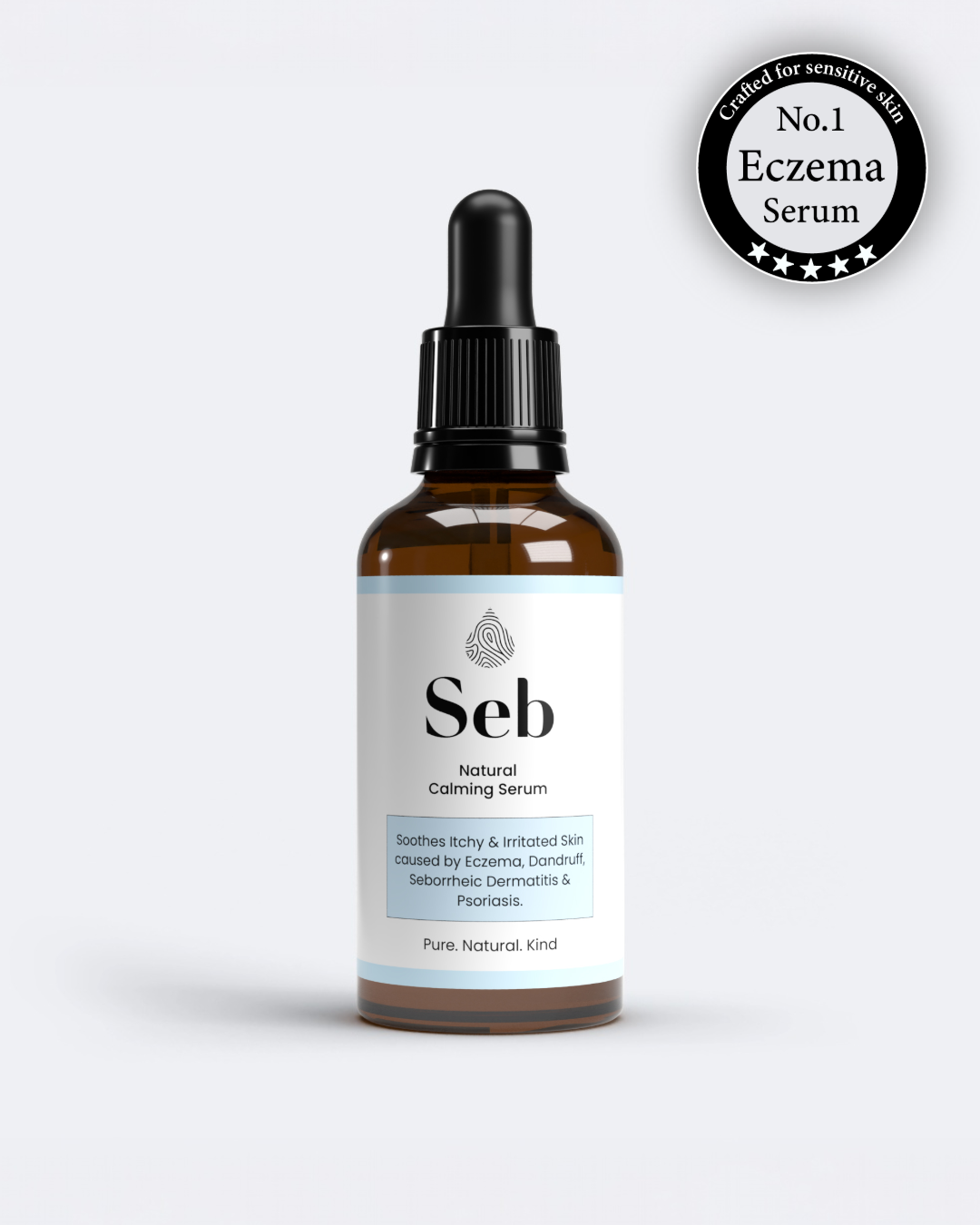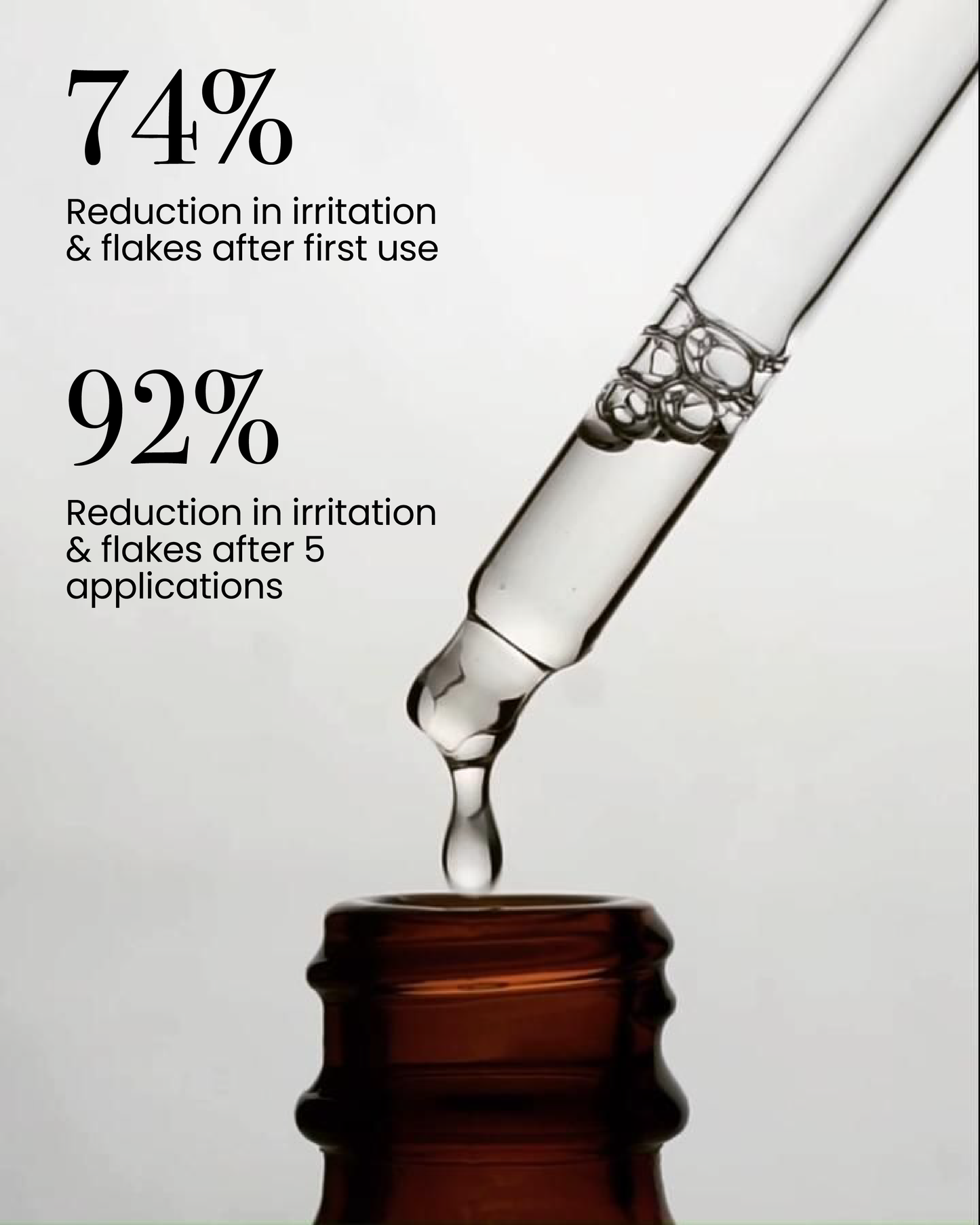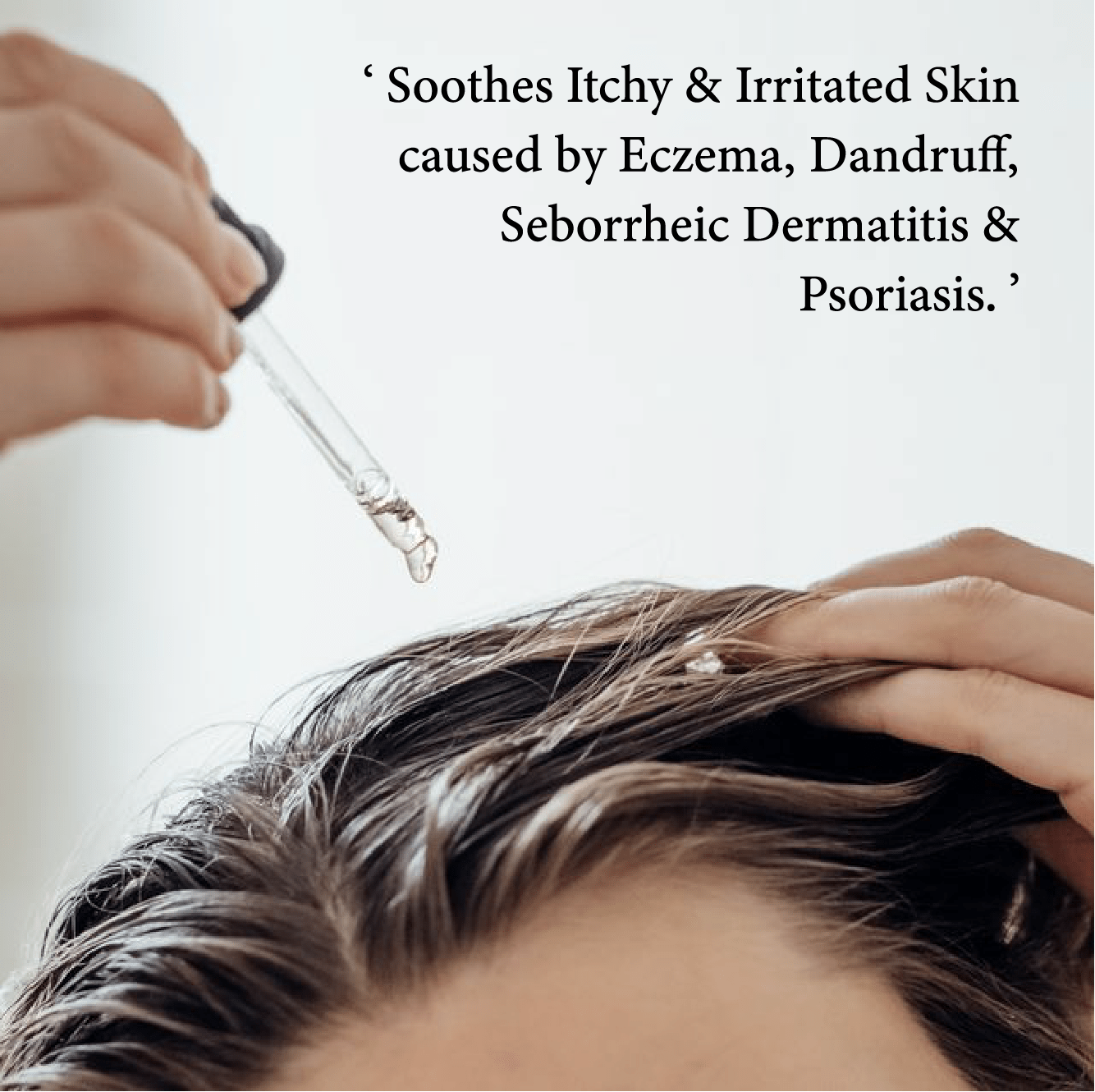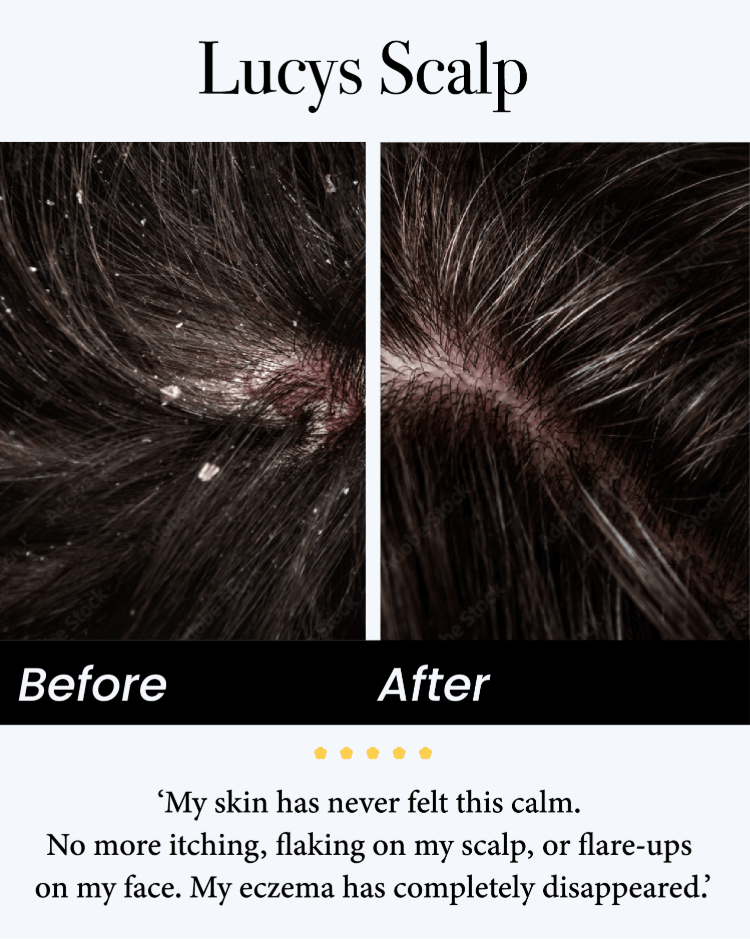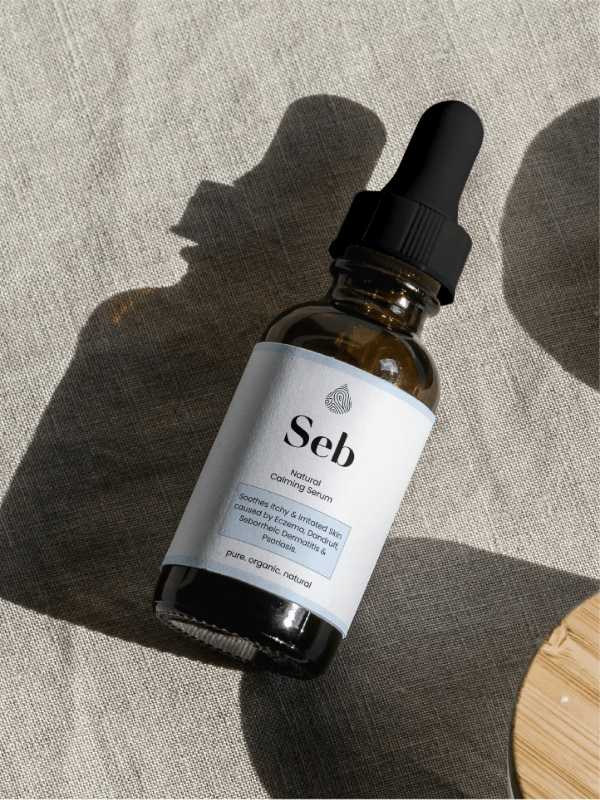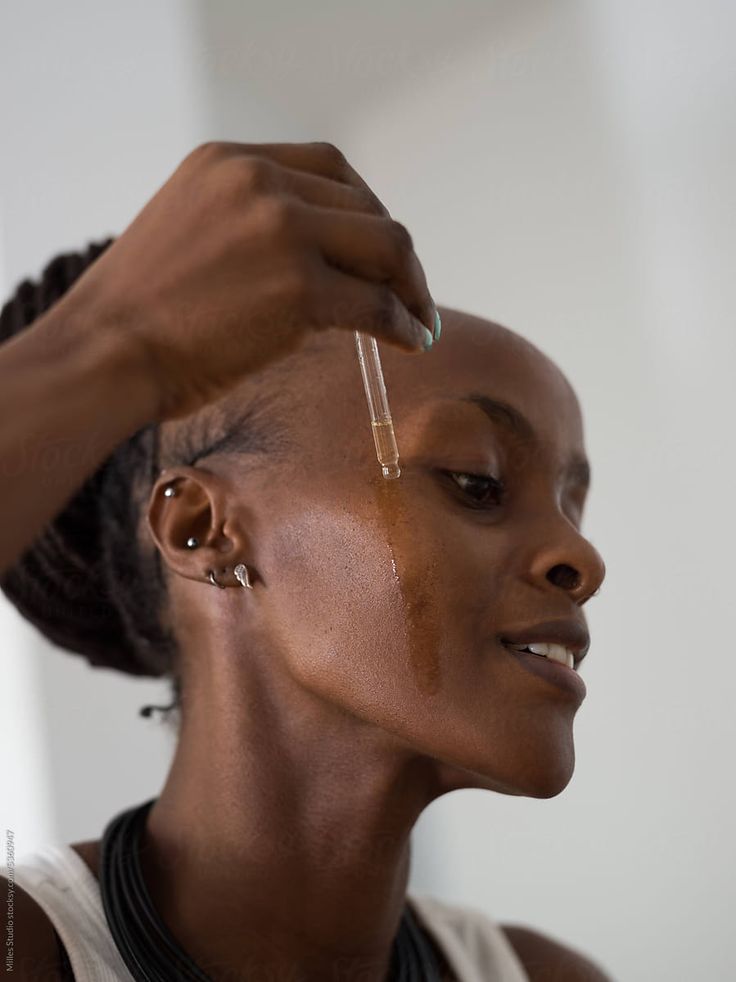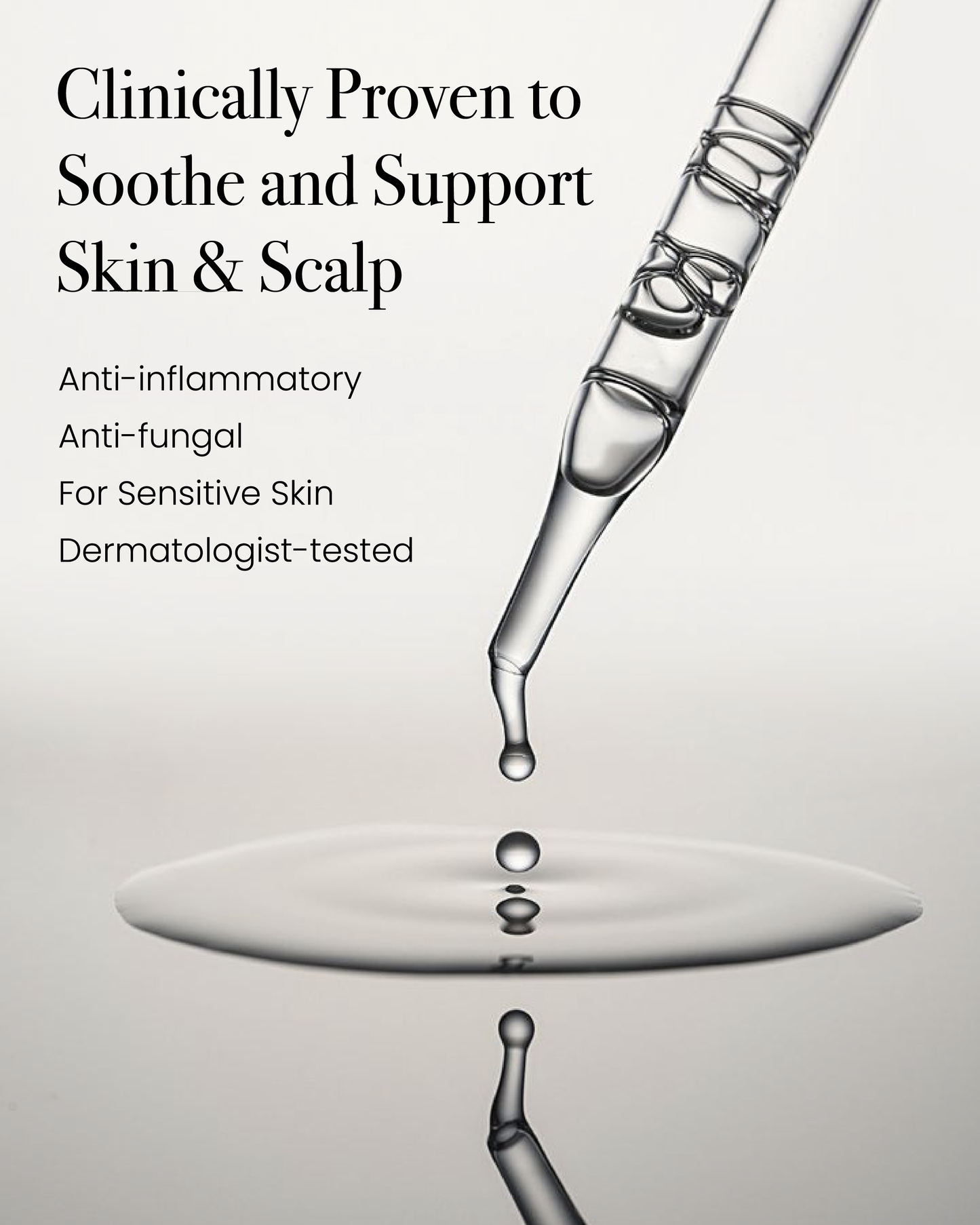
Cradle Cap in Babies: What It Is and How to Soothe It Naturally
As a parent, noticing yellowish flakes or scaly patches on your baby’s scalp can be a little unsettling. But don’t worry — what you’re most likely seeing is cradle cap, a very common and harmless skin condition in newborns and infants.
While it can look a bit dramatic, cradle cap is usually painless and doesn’t cause your baby any discomfort. In fact, over 50% of babies experience it in their first year of life, and most cases clear up on their own.
That said, there are simple, natural ways to help calm the skin, reduce flakiness, and support the healing process — gently and effectively.
What Is Cradle Cap?
Cradle cap (medically known as infantile seborrheic dermatitis) often appears in the first few months of life and tends to stick around for a few weeks to a few months. It’s not contagious, and it usually doesn’t bother your baby.
You’ll typically find it on the scalp, but it can also show up in the eyebrows, behind the ears, or in skin folds like the neck or underarms. It often looks like thick, greasy scales or flaky, yellowish patches.
Common Symptoms:
Patchy, scaly or crusty skin
Greasy or waxy flakes
Yellow or white scaling
Mild redness or irritation in some cases
Most of the time, it’s just a cosmetic concern and not something that needs medical treatment — but if you ever notice oozing, spreading, or signs of infection, check in with your GP or health visitor.
What Causes Cradle Cap?
The exact cause isn’t fully understood, but cradle cap has been linked to an overgrowth of a yeast called Malassezia — the same yeast involved in seborrheic dermatitis in adults.
Malassezia thrives in oily environments. On a baby’s skin, it can interact with excess sebum (natural oil), leading to build-up and flaking.
Natural Ways to Soothe Cradle Cap
Here’s how to help manage cradle cap gently and effectively:
1. Wash Baby’s Scalp Regularly
Use a gentle, fragrance-free baby shampoo 2–3 times a week. Massage the scalp gently with your fingertips or a soft brush to help loosen flakes.
2. Apply Malassezia-Safe Oils
Lightly apply a baby-safe oil (like MCT oil) and let it sit for 15–20 minutes to soften scales before washing. Avoid oils that can feed the yeast — like Olive oil
3. Don’t Pick the Flakes
It can be tempting, but picking at crusts can irritate the skin or lead to infection.
4. Avoid Harsh Products
Steer clear of shampoos with perfumes, alcohol, or strong foaming agents.
Can Cradle Cap Cause Hair Loss?
Not permanently. Sometimes, hair attached to flakes may come out when the skin sheds — but the hair will grow back once the scalp settles.
How Seb Can Help: The Calming Serum for Cradle Cap
If you’re looking for something extra gentle yet effective, Seb’s Cradle Calming Serum can help soothe and rebalance your baby’s skin.
We’ve included ingredients like:
Tea Tree – Helps break down the biofilm that protects yeast
Clove Bud – Naturally anti-fungal
Rosemary – Calm, cool, and hydrate
Hemp – Helps strengthen the skin barrier
MCT Oil – Light, moisturising, and baby-safe
Our formula is designed specifically for sensitive, delicate skin, free from harsh preservatives, fragrances, or known yeast-feeding oils.
Prevention Tips
While you can’t always prevent cradle cap, you can:
Shampoo your baby’s scalp every few days
Avoid heavy oils or greasy lotions
Use soothing, balanced skincare that supports the skin’s natural microbiome
Conclusion
Cradle cap is super common, usually harmless, and treatable with a little extra care. With gentle cleansing, soothing ingredients, and the right support, your baby’s scalp can return to calm, balanced, and flake-free.
If you’re unsure or the condition seems to get worse, always check with your GP or health visitor.
Seb's Natural Calming Serum & Natural Soothing Balm is a natural, baby-friendly option to keep on hand - no harsh ingredients, just gentle, science-backed care.


